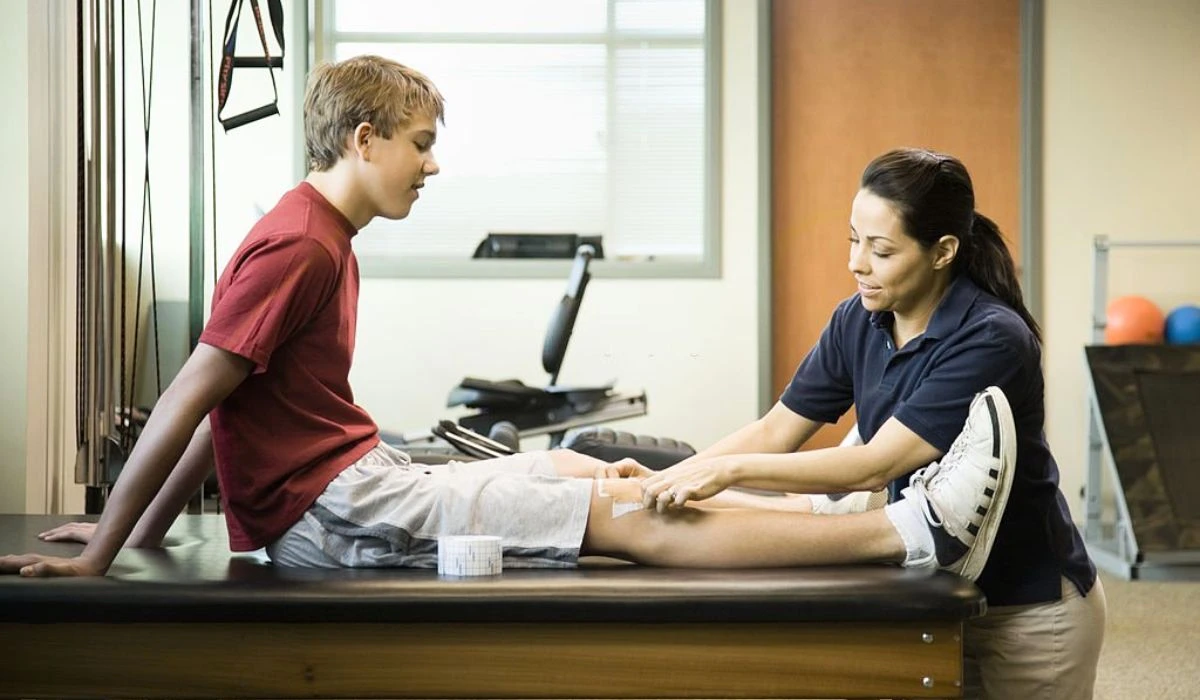Imagine you are a professional athlete who has sustained an injury. You have to take a break from the field so that you can recover from the injury. If you are an athlete, coach, or sports enthusiast, understanding return-to-play guidelines for injured athletes will provide more insights into the nuances of sports policies. Let’s explore more about guidelines for injured athletes.
When Will An Athlete Become Ready To Play Post-Injury?
An athlete should follow certain guidelines when returning to play after an injury. Decisions regarding a return to play can have a huge impact on the performance of the athlete. Wrong decisions or not following the advice of healthcare providers will increase the risk of re-injury and poor recovery. Sometimes, return-to-play policies can also create complications. Highly strict or moderate return-to-play guidelines can also lead to an unhealthy recovery.

When it comes to specific types of injuries, guidelines regarding the return to play differ. Generally, an athlete can return to play when
- Once you become pain-free: An athlete can return to play after full recovery. The injury must be fully healed before the athlete goes back to competition. The athlete should be pain-free. If any discomforts, like swelling and inflammation, persist, it will be too early to return to the play.
- After regaining flexibility: Athletes will not be able to do activities when injured. Part of the injury rehabilitation treatment is improving the normal flexibility of the injured part. A physical therapist will be there to assist and help the injured athletes regain flexibility. If the athlete can do the full range of motion, then he is ready to go back to play.
- When the strength has been restored: In the case of injuries to the foot or ankle, the athlete needs to have a 90 percent recovery rate. The healthcare team will compare the uninjured part to measure the recovery. In lower-body injury cases, if the athlete is limping after completing considerable treatment processes, a return to play is not possible. In cases of upper body injuries, the athlete needs to complete the required throwing activities without pain or discomfort before returning to play.
It is important to remember that an athlete has a high risk of re-injury even after returning. The athlete should strictly follow the advice of athletic trainers and physical therapists to prevent the chances of re-injury. Apart from the physical recovery, the team’s mental health provider will also assess the mental fitness of the injured athlete during rehabilitation. So, an athlete must
Also Check: Developing Mental Toughness In Athletes – Importance!
The Dangers Of Returning To Play Too Soon
Injuries sustained in sports can vary from athlete to athlete. An athlete’s return-to-play decision is not always easy. The type, nature, and impact of the injury will influence the return-to-play guidelines.
It will be a collective decision made by healthcare providers, athletic trainers, sports nutrition professionals, mental health professionals, and coaches. Returning to play without sufficient recovery can result in various complications. Some of them include:
- The risk of re-injury or another injury is high when an athlete returns to play without full recovery.
- If an athlete has sustained an injury to the head, returning to play without sufficient rest and recovery is dangerous. Head trauma can lead to concussions. Concussions are highly dangerous.
- Rushing the recovery process can result in the worsening of an existing injury.
5 Ways To Prevent Injuries
Athletes getting injured is a usual event in sports. They can adopt different strategies to feel safe while participating in games or training. Athletes can follow these ways to prevent common injuries:
- Proper warm-ups: Following a warm-up routine is essential to avoiding injuries. Before training or the start of the competition, warm up your muscles. Cold muscles are prone to injuries. Try doing stretching and flexibility exercises for 5 to 10 minutes before workouts and training sessions.
- Proper cool-down exercises: Practicing cool-down exercises is also as important as warm-up exercises. It can help reduce sore muscles.
- A strong core: A strong core will improve balance and stability. Practicing crunches and planks can help build a stronger core.
- Using proper technique: An athlete should always use proper technique to play the sport. Employing the wrong technique will result in injuries.
- Take rest. Athletes should train intensively for a very long time. Training over time may increase the risk of microtrauma. Take a break and rest between intensive training sessions.
Read More: ACL Injury Prevention Exercises For Soccer Players: Stay Injury-Free
Conclusion
Injured athletes need to follow certain guidelines when they return to play. These guidelines will ensure the safety of the athletes when they go back to play after an injury. An athlete needs to pass all the criteria mentioned in the guidelines. When an athlete rushes to return to play, it will increase the risk of injuries or worsen the present injuries.